SEPTEMBER 21, 2025
This week, I'm watching traditional value systems completely invert across three unexpected domains:
Barcelona fans actively choose €30 counterfeit pink jerseys over €100+ official merchandise… even after the club confirms they never designed them
Thrift stores transform into "vintage boutiques", selling products that are pricing out the communities they were meant to serve
Gen Z builds a $788/year secondhand economy while luxury brands like Gucci fire CEOs after 9 months
What links them?
Are we're witnessing the death of institutional authority over value itself?
Counterfeit Dreams:
Barcelona's Pink Jersey That Never Existed
A fluorescent pink "Barcelona 2025-26 away kit" has flooded the streets of Barcelona and online marketplaces over the last few months. The club's response? "We don't know where it came from or who invented it, but it's not the one the players will be wearing."
Yet this fictional jersey, selling for €30 online versus official kits at €100+, has become so popular it's branded as "Special Edition" on eBay and specialised sites.
Here's what fascinates me: fans know it's fake and prefer it anyway.
From a cultural perspective, when a counterfeiter can create a more desirable product than the official manufacturer, we're not talking about economics anymore, we're talking about the complete collapse of brand authority.
The pink jersey represents something Barcelona x Nike couldn't manufacture: genuine and invaluable street credibility. Authenticity has nothing to do with official stamps anymore.
Despite the obvious moral questions - it's about which version feels more real to the people wearing it.
Sources: OhMyGoal, FutKit.com, NatalieBarresi_
Poverty Infrastructure Becomes Luxury Real Estate
The U.S. secondhand market hit $56 billion in 2025, up 14.3% from last year.
But here's the darker story: that high school Ralph Lauren sweatshirt that cost $15 five years ago now sits at $65 in a "vintage store." Some shops have converted entirely from "thrift stores" to "vintage boutiques" with nothing under $50. Wealthy resellers bulk-buy plus-sized, winter, and children's clothing—the exact items low-income families need most.
Think about the perversity. Charity shops exist to help people afford clothing. Now 83% of Gen Z have purchased or are interested in secondhand clothing, driving prices beyond what the original beneficiaries can afford. The poor are being priced out of poverty's own infrastructure.
Are we watching gentrification eat itself?
When thrift stores become inaccessible to those who need them, forcing low-income shoppers back to Shein and fast fashion, we've created a closed loop of cultural extraction. The aesthetic of poverty becomes valuable precisely at the moment actual poor people can no longer access it.
Sources: Capital One Shopping, Berkeley Economic Review, GW Hatchet, The Burr Magazine
The TikTok Dupe Empire Destroying Retail
TikTok Shop launched in September 2023. By late 2024, just over a year later, it has surpassed SHEIN, Sephora, and other major retailers.
The secret? Making fakes fashionable. 70% of intentional dupe shoppers have TikTok accounts. Dupes are "not only acceptable but celebrated thanks to TikTok." The platform has compressed trend cycles from months to days, with microtrends lasting mere weeks.
Has TikTok has leveraged shame reversal?
Today, finding a good dupe isn't embarrassing, it's clever. Paying full price isn't sophisticated, it's foolish. The algorithm rewards this inversion with billions of views on #TikTokMadeMeBuyIt and #dupe hashtags.
The human cost is staggering. Fast fashion through TikTok produces 10% of global carbon emissions. The supply chain uses forced and child labour according to the U.S. Department of Labor. Yet users see dupes as smart shopping, not shameful compromise. Commerce has become content, and exploitation has become entertainment.
Sources: Aquent, Tia Joshi/Medium, TikTok Shop sales data
The Thread That Connects It All
These three stories map the same cultural rupture: viral consensus now trumps institutional authority in determining value. Barcelona can't control what their most popular jersey looks like. Thrift stores can't maintain their charitable mission. Traditional retailers can't compete with an algorithm that celebrates fakes.
We're witnessing a hierarchy of appropriation. Counterfeiters steal brand identities (Barcelona). Affluent shoppers colonise charity infrastructure (thrift stores). TikTok's algorithm hijacks the entire retail ecosystem. In each case, the speed is breathtaking—pink jerseys spread before clubs can respond, thrift stores gentrify within 2-3 years, TikTok Shop dominates in 15 months.
The original purpose becomes irrelevant once the fake version achieves cultural velocity. Whether it's a pink shirt that never existed, a charity shop that no longer serves charity, or a shopping platform that celebrates counterfeits, the pattern is identical: authenticity is whatever the crowd decides it is today.
#DupeEconomy #AuthenticityCollapse #ViralValue #CulturalHijacking #NoGatekeeping



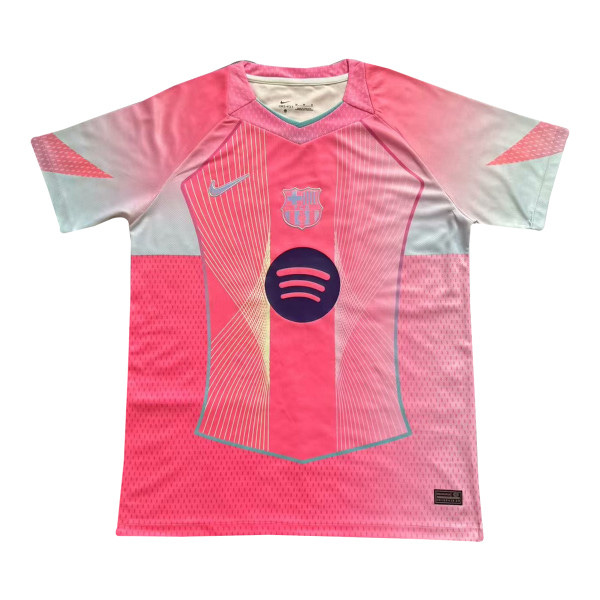
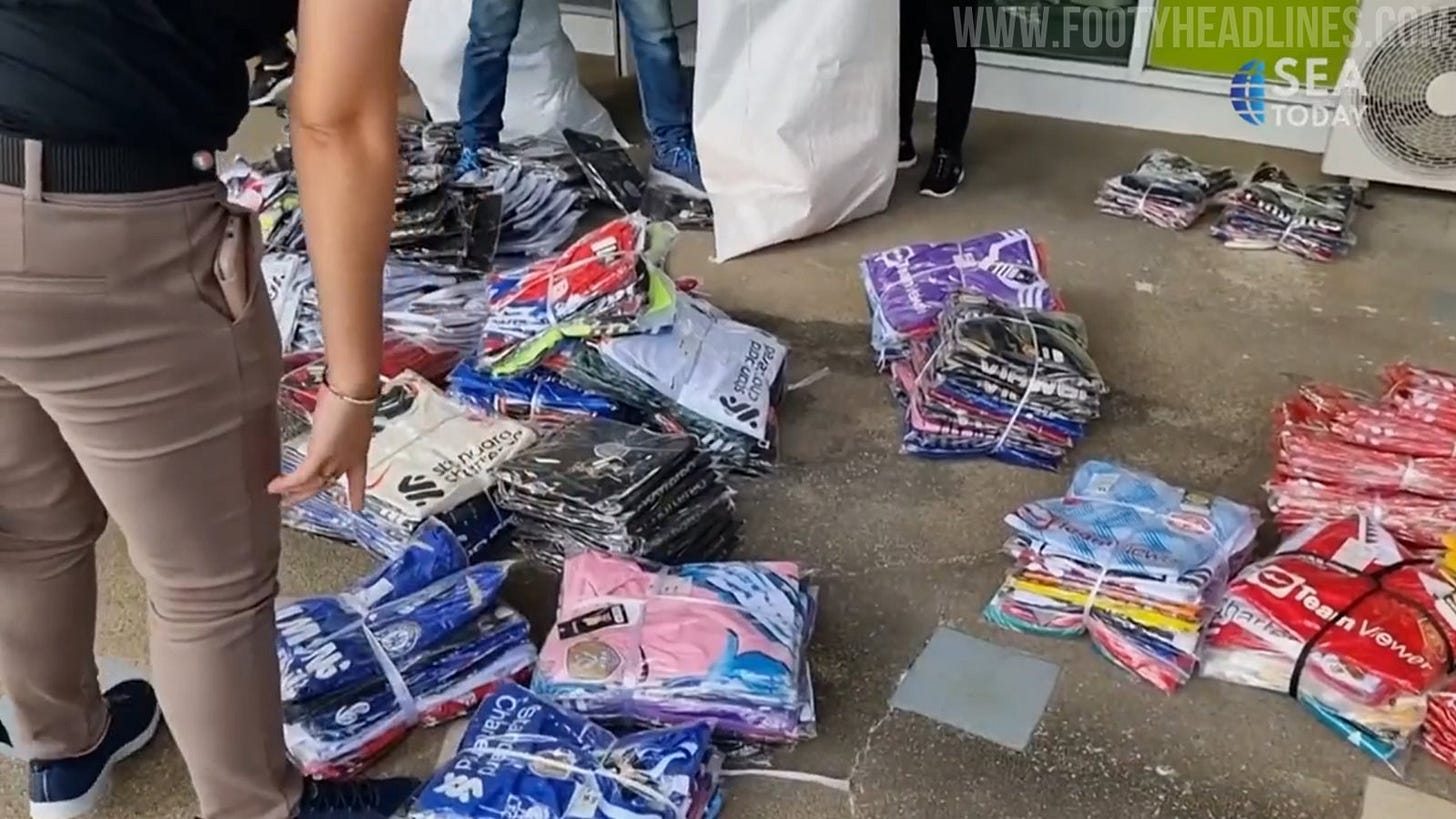
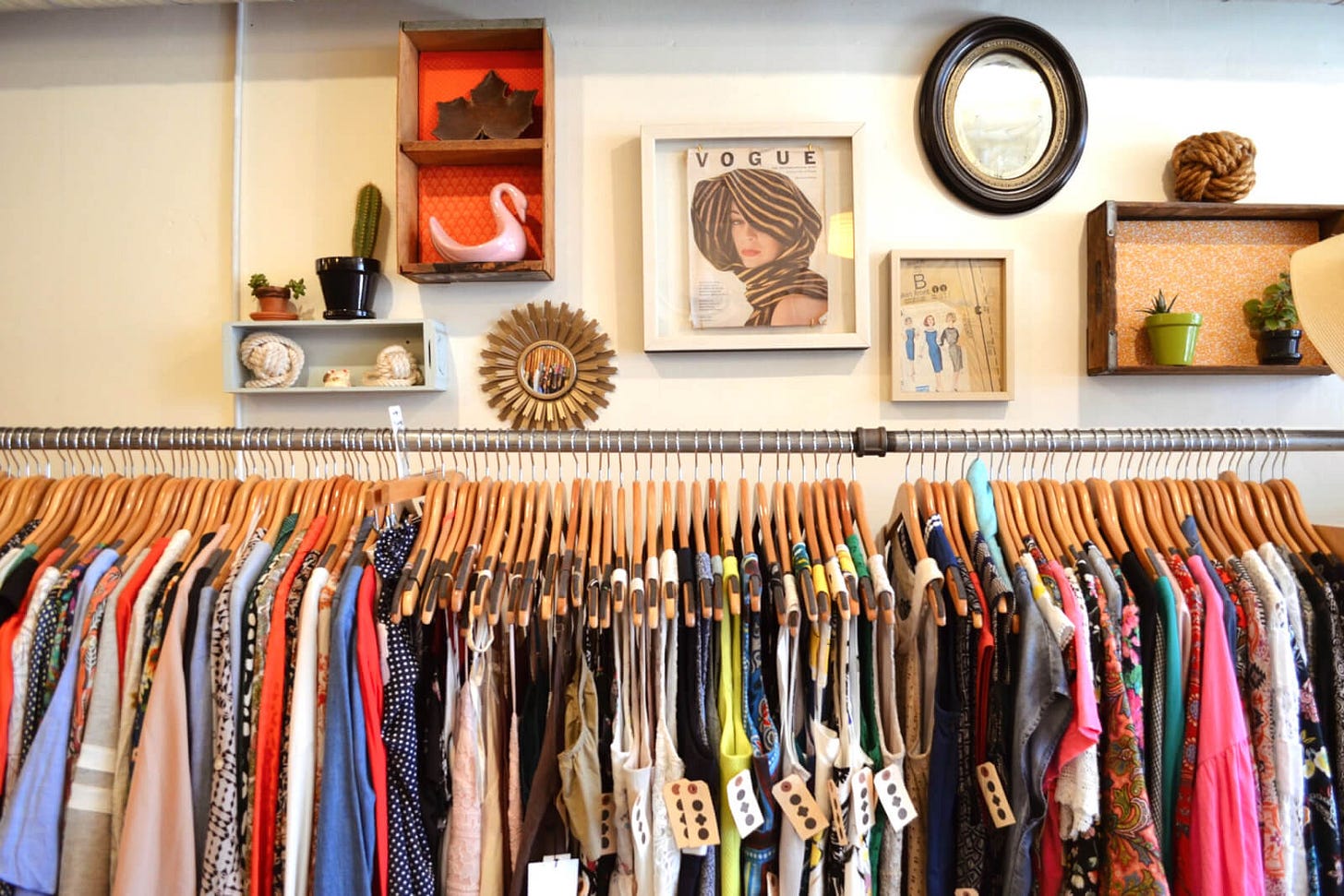
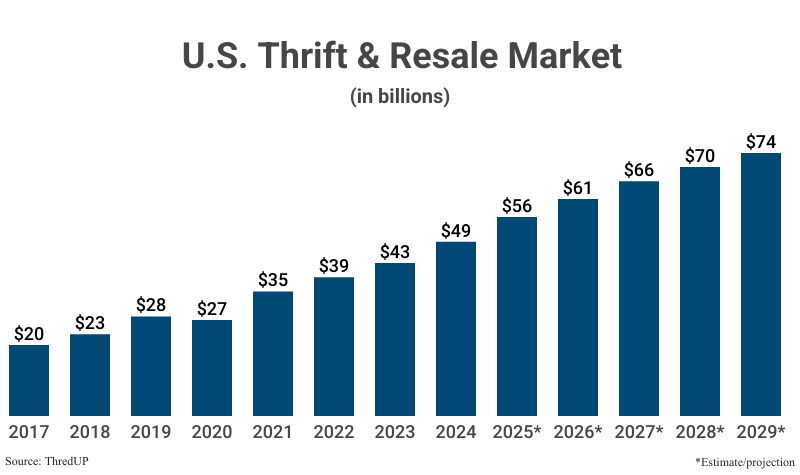
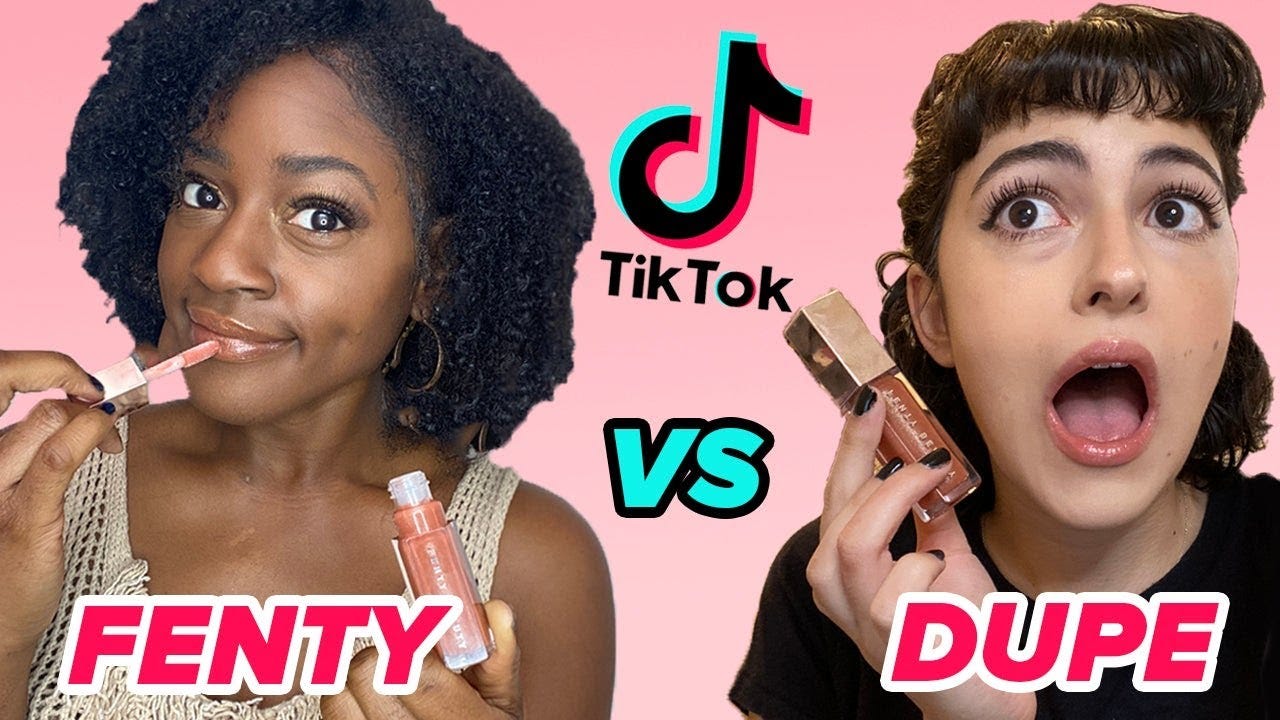
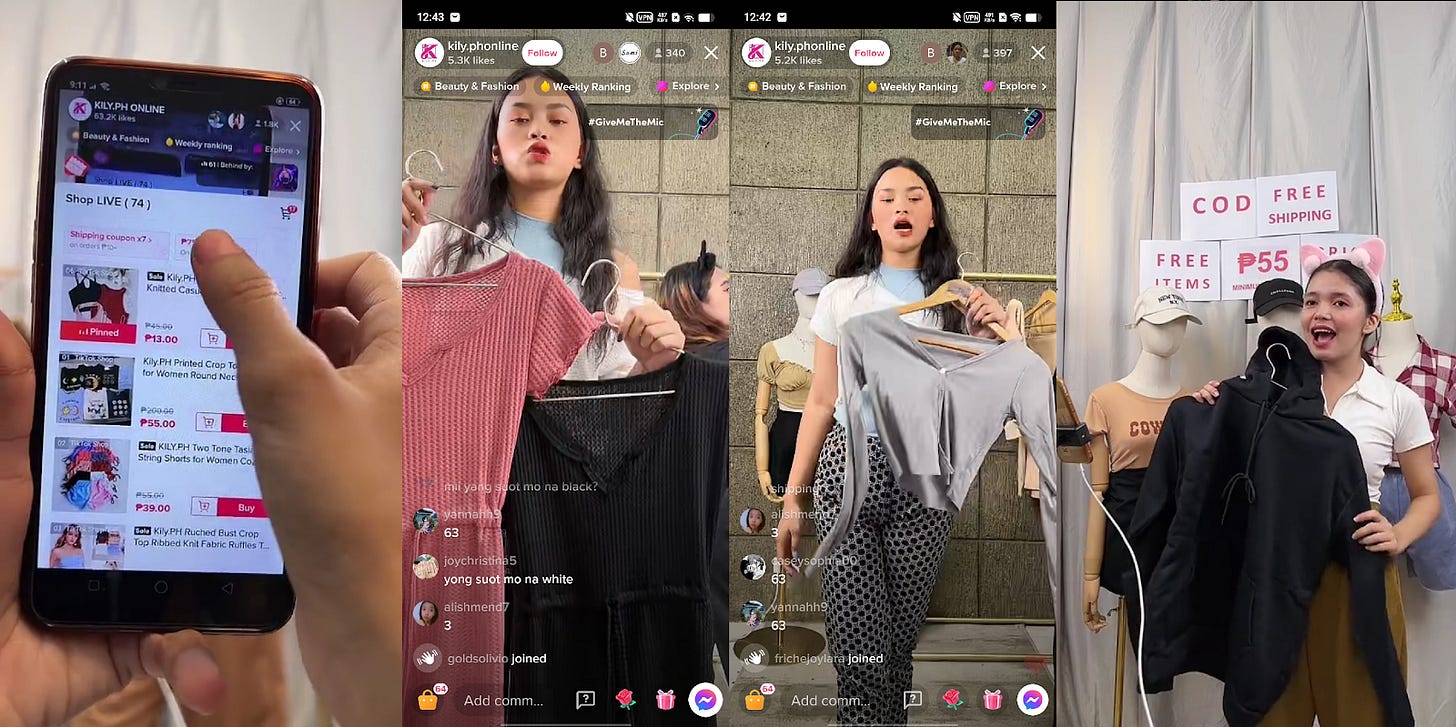
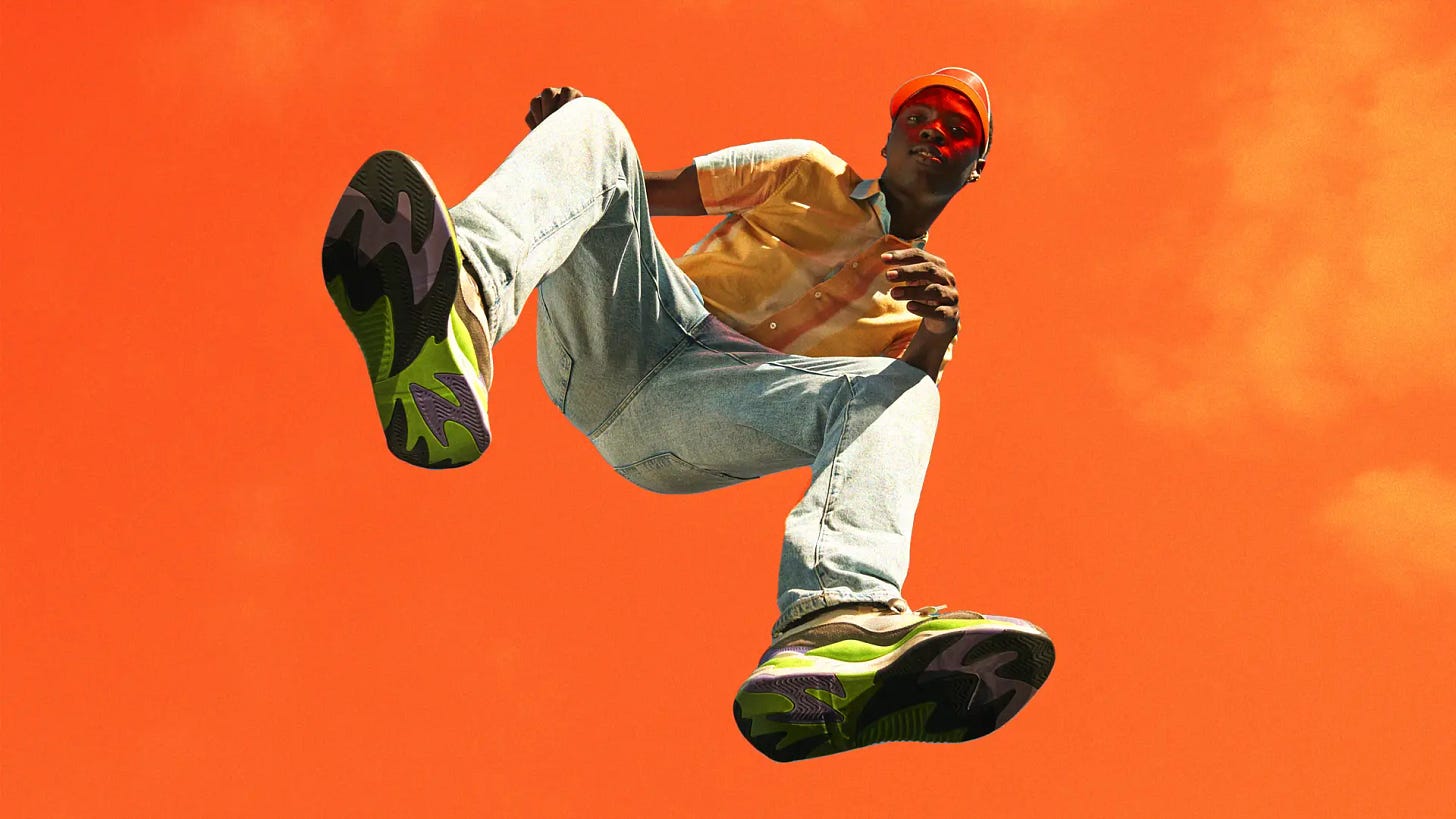
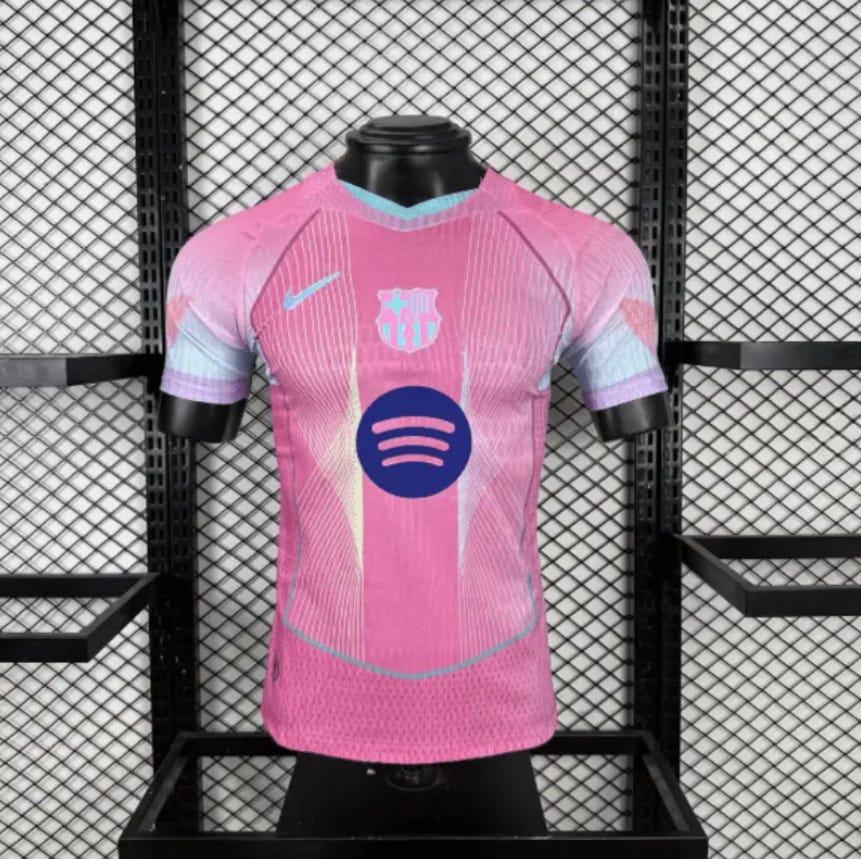
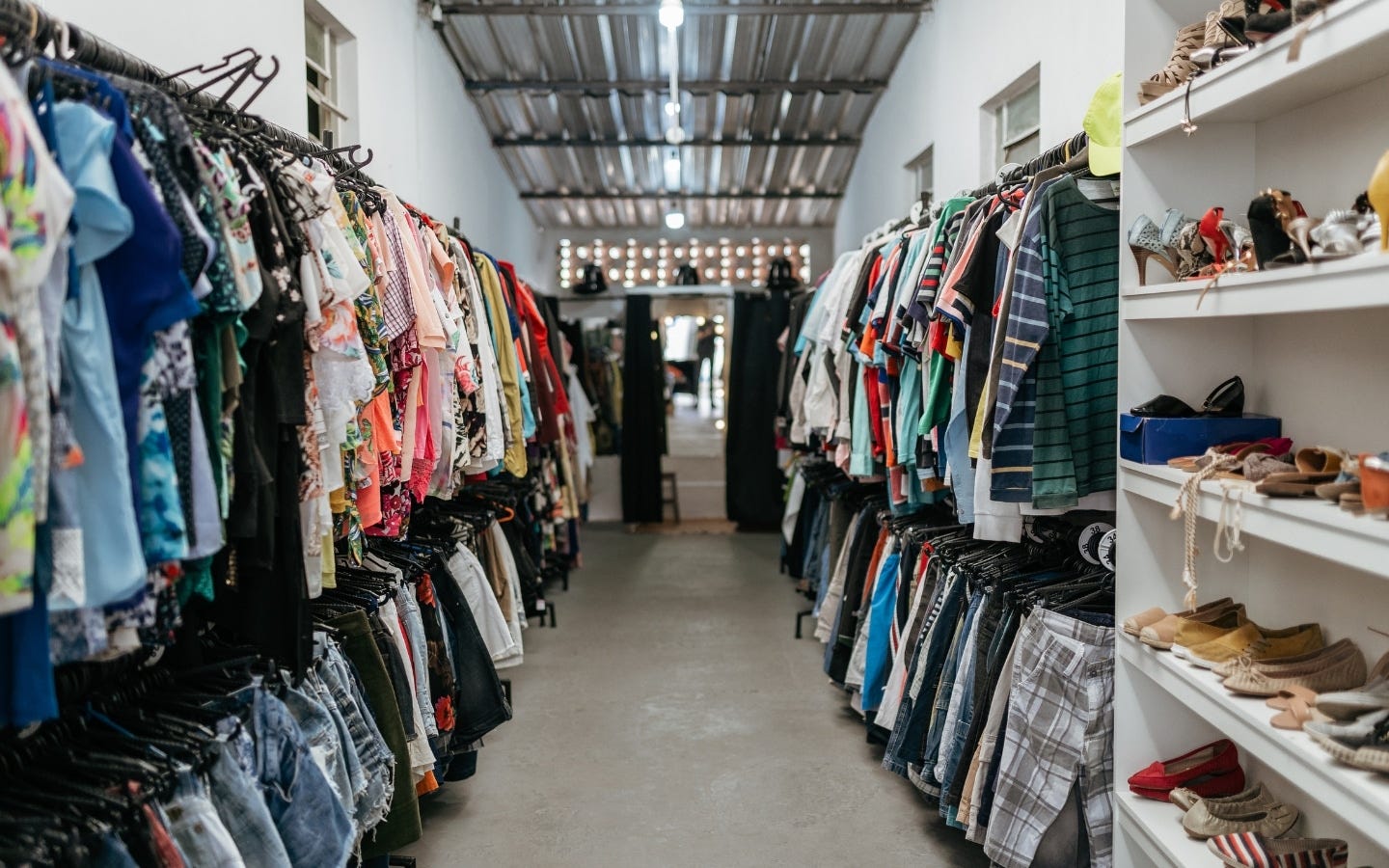
I was just thinking about this re: thrift stores becoming boutiques. Even the thrill of finding those higher ticket items for 2 dollars after rummaging is gone because it’s now it’s now been curated and is in some display case, or behind cash and priced up at an unattainable mark.
What’s the point then?? 😪